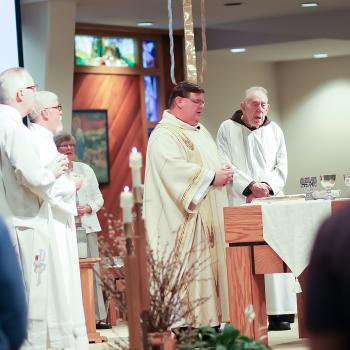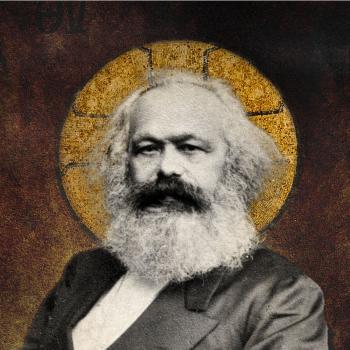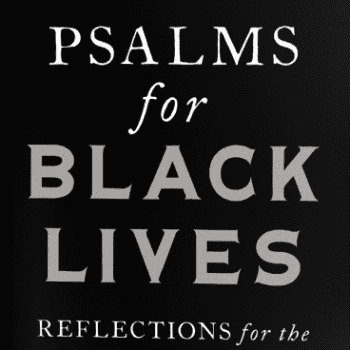Book Review: The Galilean Secret, by Evan Drake Howard (Guideposts, 2010)
Reviewed by Ruth Huizenga Everhart
What if Jesus wrote a letter to Mary Magdalene? What if that letter explained how each person must integrate their masculine and feminine sides in order to be whole? What if those teachings had the power to heal relationships, not only between individuals but also between Jews, Christians, and Muslims?
This is the ambitious premise of Evan Drake Howard’s book, The Galilean Secret. To achieve this goal, he tells two overlapping stories set two millennia apart, each featuring a letter authored by Jesus.
The present-day story revolves around Karim, a Palestinian Muslim who stumbles upon an ancient scroll in Qumran. He brings the scroll to Brother Gregory, a language expert at a monastery, who discovers that the scroll is a letter written by Jesus to Mary Magdalene. At the end of the letter there is also a diary by Judith of Jerusalem. As the translation progresses, each revelation adds to Karim’s quandaries about faith and family. His own family has a history of martyrdom for the cause of Palestinian freedom, yet he is drawn to the peace movement. While at a protest at the Wall of Separation, Karim is thrown together with Rachel, a Jewish peace activist. Eventually Karim tells Rachel about the scroll and they hope that its teachings can heal the rift between their peoples. The inevitable romance ensues.
The Bible-time story weaves well-known characters such as Mary Magdalene together with fictional ones, such as Judith of Jerusalem who has run away from her betrothed, Gabriel, to marry Gabriel’s zealot brother, Dismas. From inside the ranks of the zealots holed up at Masada, readers watch the events of Jesus’ life and death unfold. The Jesus letter moves from hand to hand, touching the lives of characters such as Nicodemus and Judas Iscariot in hugely different ways, before eventually reaching its intended audience, Mary Magdalene.
The author does an excellent job of following the rules of fiction. Tension rises in each short chapter, and conflict forms a bridge to keep the pages turning. Without being overly “dumbed-down,” the pages supply any necessary pieces of the biblical narrative and the role each character plays. The fictional characters fill in unnamed characters in the Bible story, including the thief crucified beside Jesus.
Throughout both stories, romantic subplots abound and it is apparent that the author attempts to elevate these beyond the prosaic. To do this he gives a good bit of interior thought and engages the reader’s senses. However, the dialogue is perhaps the weakest part of the book and there is an abundance of ratcheted-up add-ons such as a person’s tone of voice “injecting cold terror into Karim’s veins” (p. 56).
Intrigue surrounds the scroll of the Jesus letter itself, and the plotting works, as I could both follow the movements and care about them. The contents of the letter were a bit of a disappointment, as they consisted of Gnosticism touched with the New Age: follow the light to the union of male and female. The author’s attempts to imagine how characters from the biblical era would have received this teaching, and, in current time, suggests that this Galilean Secret is a magic key to opening doors between the three Abrahamic faiths. Perhaps my attention was waning as I turned page 400, but the book failed to connect the dots at this point. The merger of male/female has some implication for violence, surely, but what are those implications and how do they play out? This, which seems to be the essential point of the book, felt a bit flat for me.
Perhaps it’s not surprising that, as a Christian pastor, my favorite elements were the words of Jesus uttered in the context of actual events. Too often we extract his statements into theological treatises, rather than remembering that they were spoken in specific contexts. Familiar words in unfamiliar settings create a path to hear those words anew, which is something all preachers are eager to grasp. I also appreciate any book that helps people imagine themselves in biblical times. The settings of the story are well-portrayed, both in a sense of landscape, and in geographical relationship.
The book asks some good questions: What is the core of Jesus teaching? What is the connection of our sexual selves and our spiritual selves? Those are always good questions and I hope that readers will engage them. Surely, in a time when sexual abuse by priests is making headlines and the Israeli/Palestinian conflict is heightened, these questions are not academic. How do our religious convictions impact our personal lives and our political encounters?
I’m curious to see how this book is received by Jews and Muslims, and look forward to their reviews as well.
The Rev. Ruth Huizenga Everhart is a Presbyterian minister and writer. She pastors Poolesville Presbyterian Church in Maryland and is currently working on a non-fiction book about Holy Land pilgrimage. You’re invited to visit her blog, Work-in-Progress, at www.rutheverhart.com/blog.












